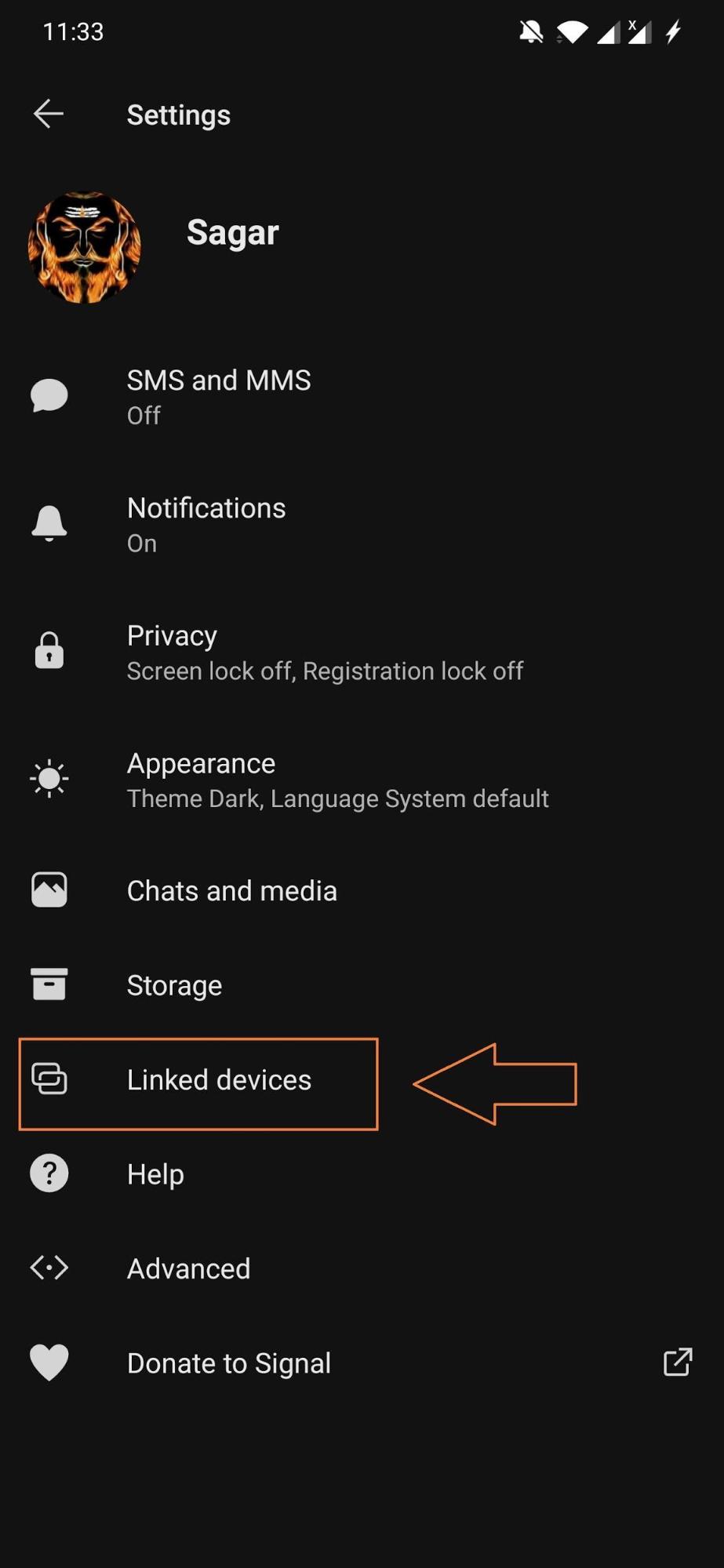

Wherever you have it at hand, Signal’s main plus point is its security (the developer has even been endorsed by Edward Snowden). You will get group chats of up to 1000 people and group calls of up to eight people. It is a messaging application with features such as one-to-one messages, groups, stickers, photos, file transfers, voice calls and video calls. Users’ connection with Signal is the same as WhatsApp, Facebook Messenger, along with other popular chat apps.

Open the desktop app and you’ll likely find the same conversation you started on your phone. It’s not necessary to use both Android and Chrome builds, but if you are, they go well together. To attend, you only need a mobile number.

There’s also a Signal desktop client for Windows, Mac, and Linux. Signal is available for Android, iPhone, and iPad. This application may be a desktop version with an iOS/Android application, Signal Private Messenger, although currently it is only connected to the Android system. Here’s to seriously considering switching to Signal. Think of it as a more personal way for WhatsApp, Facebook Messenger, Skype, iMessage and SMS. Signal is probably a secure encrypted messaging app. SIGNAL is accessible as a rapid user-friendly web-based application ( ).Signal Download Desktop 32 Bit is a free desktop application for secure one-to-one or group chats, with support for file attachments and media sharing. We describe selection by iterative pathway group and network analysis looping (SIGNAL), an integrated, iterative approach that uses both pathway and network methods to optimize gene prioritization. Using comparative analysis of parallel independent studies as a benchmark, we characterize the specific complementary contributions of each approach and demonstrate an optimal framework to integrate these methods. The specific limitations of these individual approaches and the lack of a systematic way by which to integrate their rankings have contributed to limited overlap in the reported results from comparable genome-wide studies and costly inefficiencies in secondary validation efforts. Widely used methods such as setting of cutoffs, prioritizing pathway enrichments, or incorporating predicted network interactions offer divergent solutions yet are associated with critical analytical trade-offs. Hit selection from high-throughput assays remains a critical bottleneck in realizing the potential of omic-scale studies in biology.


 0 kommentar(er)
0 kommentar(er)
